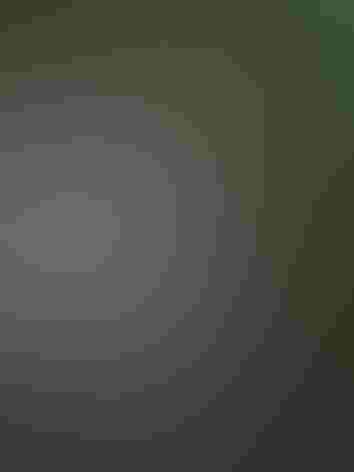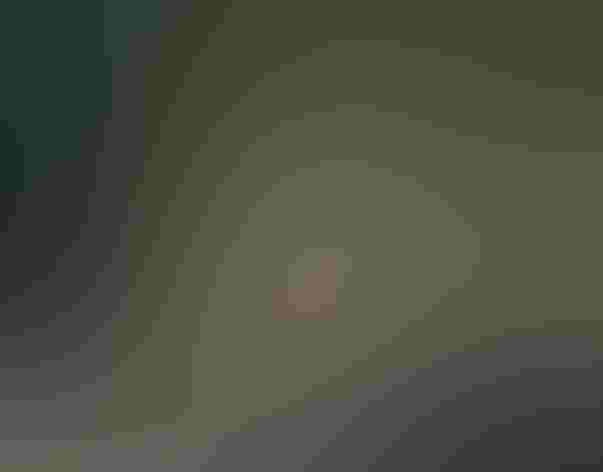Golden-fronted Woodpecker
At a Glance
The common open-country woodpecker of eastern Mexico and northern Central America. It crosses the border mainly in southern Texas, where it is very common, noisy, and conspicuous. Similar in appearance and behavior to its relative, the Red-bellied Woodpecker. Where their ranges meet in Texas and Oklahoma, the two species aggressively defend territories against each other, and they sometimes interbreed.
All bird guide text and rangemaps adapted from Lives of North American Birds by Kenn Kaufman© 1996, used by permission of Houghton Mifflin Harcourt Publishing Company. All rights reserved.
Category
Picidae, Woodpeckers, Tree-clinging Birds
IUCN Status
Least Concern
Habitat
Desert and Arid Habitats, Forests and Woodlands, Shrublands, Savannas, and Thickets, Urban and Suburban Habitats
Region
Plains, Texas
Behavior
Flap/Glide, Undulating
Population
5.300.000
Range & Identification
Migration & Range Maps
Permanent resident, with some local movements, concentrating at good feeding areas in winter. A lone male once strayed to western Florida and remained several months, mating with a local Red-bellied and raising two young.
Description
9 1/2" (24 cm). Black and white bars on back. Chest and head buffy brown, with orange-yellow nape, yellow over bill; male has red cap. (Red-bellied Woodpecker sometimes has orange replacing red on head.) In flight, white patches flash in wings and on rump.
Size
About the size of a Robin
Color
Black, Red, Tan, White, Yellow
Wing Shape
Broad, Rounded
Tail Shape
Multi-pointed, Wedge-shaped
Songs and Calls
Loud churrrr. Call a burry chuck-chuck-chuck.
Call Pattern
Falling, Flat
Call Type
Chirp/Chip, Drum, Rattle, Scream
Habitat
Mesquites, stream woodlands, groves. In its limited North American range, found in most open woodlands, especially along rivers; also around orchards, stands of mesquite along dry washes, groves of trees in open country. In Central America, also around edges of tropical forest.
Sign up for Audubon's newsletter to learn more about birds like the Golden-fronted Woodpecker
Behavior
Eggs
Usually 4-5, up to 7. White. Incubation is by both sexes (with male incubating at night and part of day), 12-14 days.
Young
Both parents feed nestlings. Young leave nest about 30 days after hatching, may associate with parents for some time thereafter. 1-2 broods per year, rarely 3.
Feeding Behavior
Searches for insects on tree trunks and limbs, gleaning them from bark or probing below surface. Clambers about in branches of trees or shrubs to pick nuts, berries, or fruits. May forage on ground, and sometimes catches insects in flight. Cracks open mesquite pods to eat the seeds.
Diet
Omnivorous. Feeds on a wide variety of insects. Also eats nuts, berries, fruits, and seeds of many plants; will eat many acorns where they are available.
Nesting
Advertises nesting territory with loud calls, sometimes with drumming. Nest site is a cavity in trunk of tree (live or dead) such as mesquite or oak, or in telephone poles or fence posts. Cavities are usually fairly low, typically less than 20' above ground. Both sexes help excavate the cavity, which may be used for more than one season.
Conservation
Conservation Status
Was once persecuted as a pest because of its excavations in telegraph poles; many were shot in Texas in early part of 20th century. Current population apparently stable.
Climate Threats Facing the Golden-fronted Woodpecker
Choose a temperature scenario below to see which threats will affect this species as warming increases. The same climate change-driven threats that put birds at risk will affect other wildlife and people, too.












